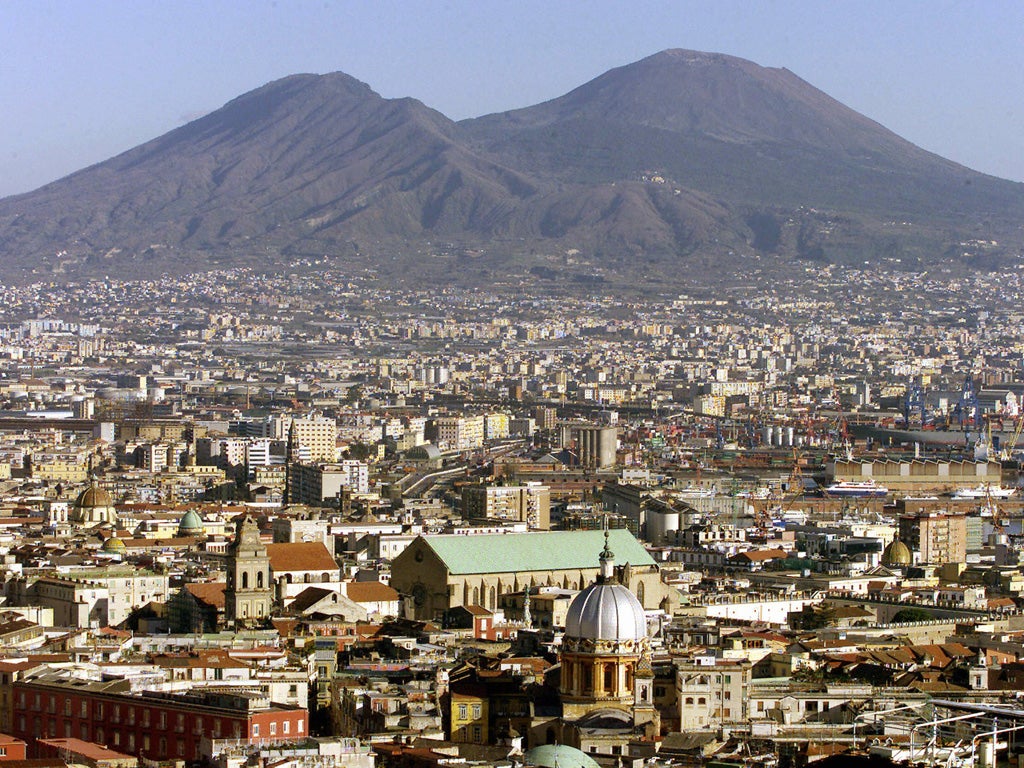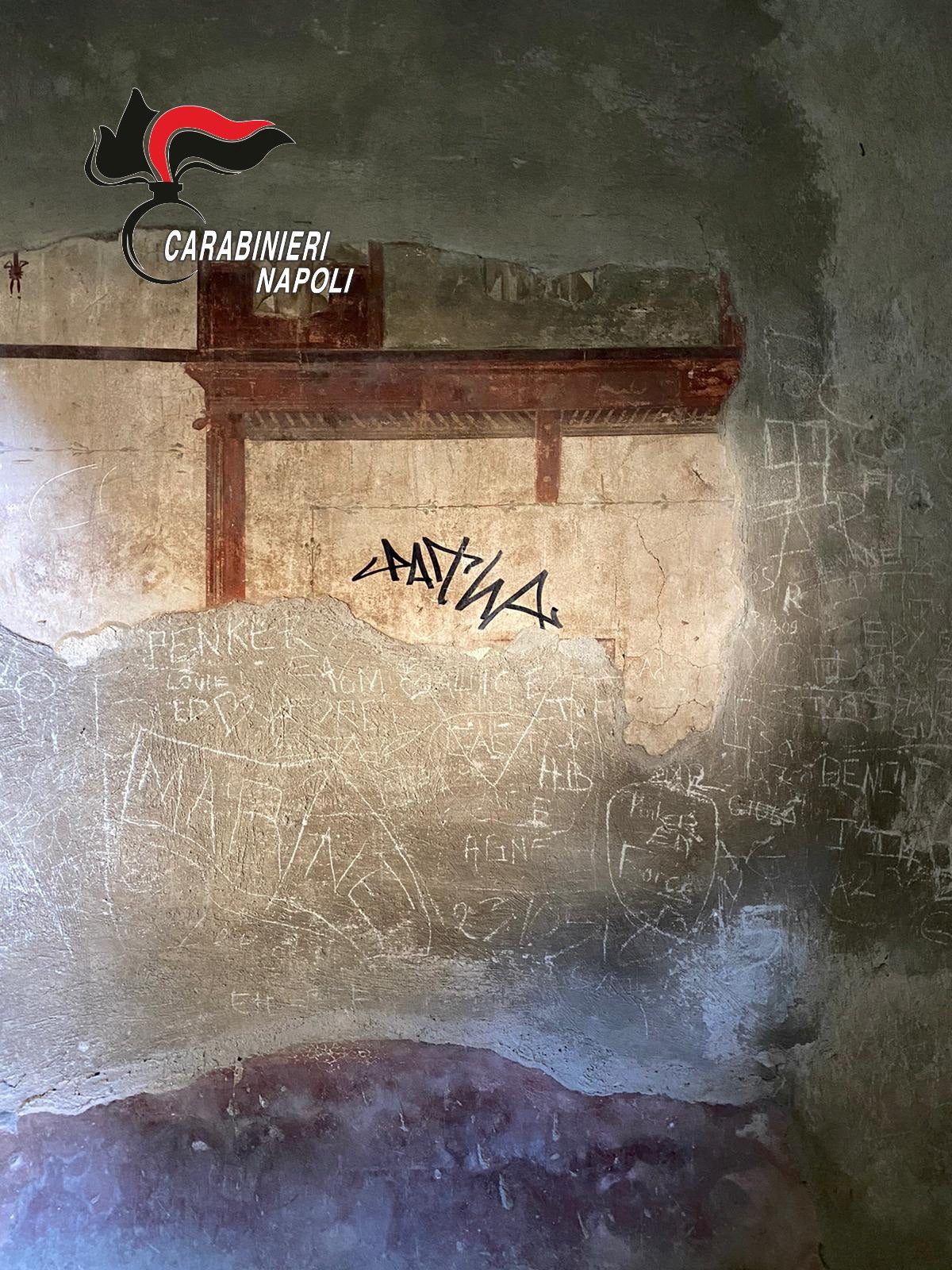A tourist has defaced a frescoed wall in an ancient Roman house in Herculaneum, near Naples, damaging a building that survived the volcanic eruption of Mount Vesuvius in 79 AD, Italian police said on Monday.
The police statement said the 27-year-old tourist was swiftly identified after staff at the archaeological site discovered tagged graffiti writing made with a black, indelible marker pen on a white section of a painted wall.
Police said the writing was the man’s graffiti signature.

“Any damage hurts our heritage, our beauty and our identity and that is why it must be punished with the utmost firmness,” Italian Culture Minister Gennaro Sangiuliano said in a statement.
The tourist, who was not named, faces charges of damage and defacement of artistic works.
A smaller city than its more famous neighbour Pompeii, Herculaneum was buried under a deeper layer of ash, which protected its ruins from thieves and left particularly well-preserved remains.

It is not the first time that historical monuments have been vandalised by tourists in Italy.
Last year, a visitor from England was caught in a video, posted on social media, scratching his and his girlfriend’s name with a key on an internal wall of Rome’s Colosseum.
Italy’s culture minister Gennaro Sangiuliano shared the video, calling it a “very serious, unworthy and a sign of great incivility that a tourist defaces one of the most famous places in the world, the Colosseum, to engrave the name of his fiancee.”
“I hope that whoever did this will be identified and sanctioned according to our laws,” he added.
It was not the first time that tourists have been fined for defacing the Unesco world heritage site.
In 2014, a Russian tourist was fined €20,000 (£17,000) for engraving a “K” on a wall, and given a suspended four-year jail sentence.
The following year, two American tourists were also cited for aggravated damage after they carved their names in the monument.
In response to repeated acts of vandalism, Italy this year introduced tougher penalties on those who damage monuments and cultural sites,…
Click Here to Read the Full Original Article at The Independent Travel…
